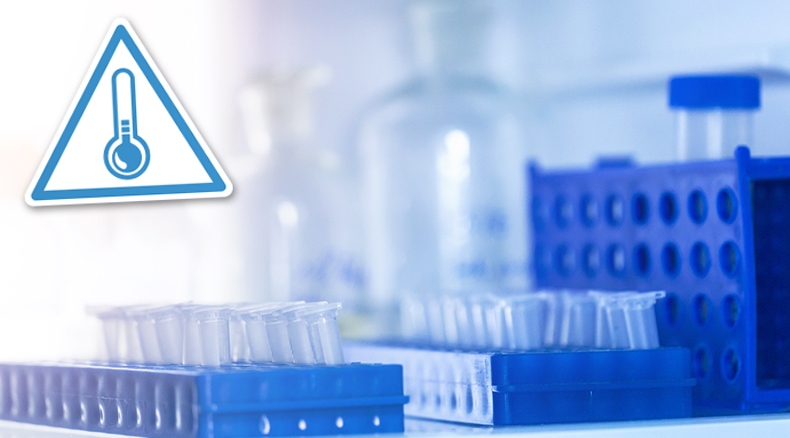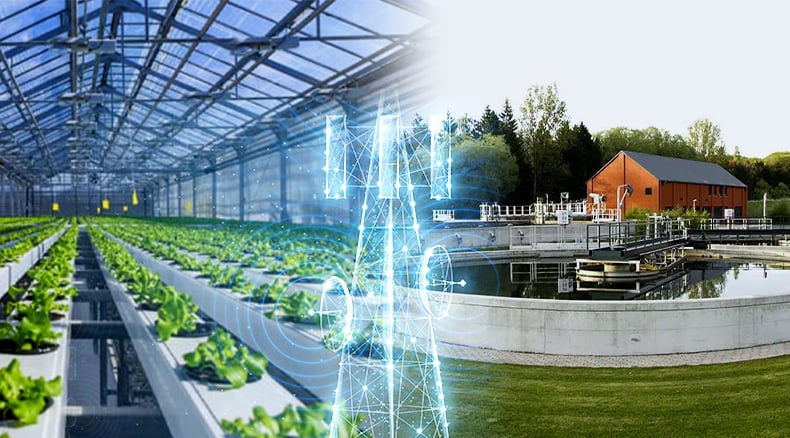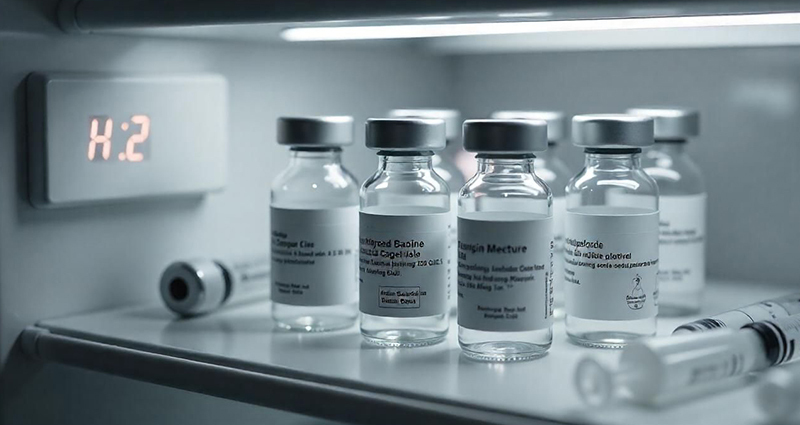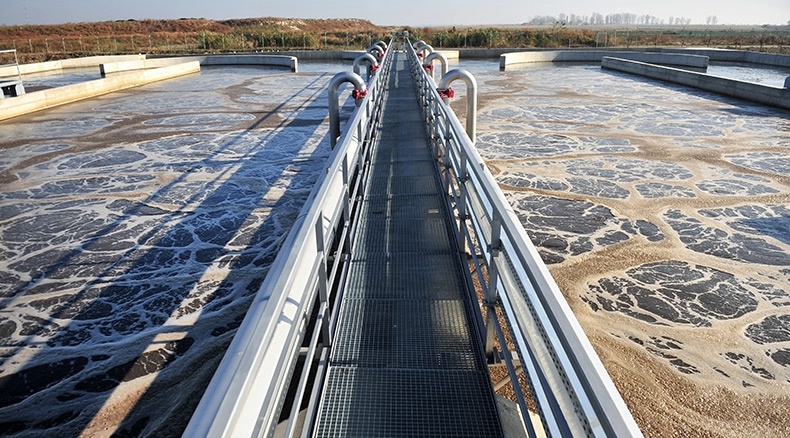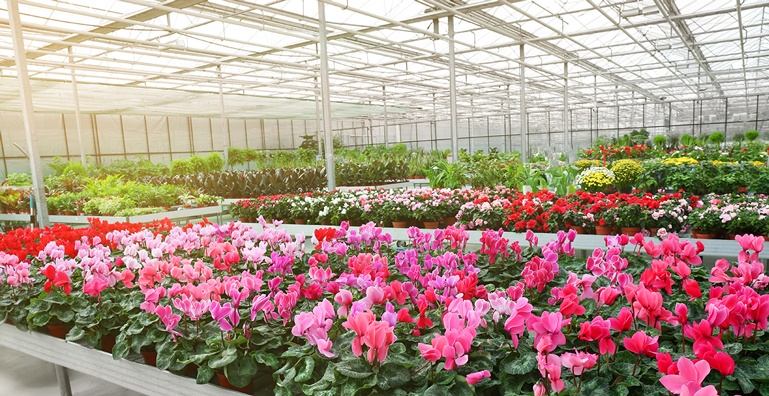
Commercial operators know that greenhouse temperature monitoring is crucial to plants' health, blooming and yield. It takes more than simply checking a thermometer every day to ensure the safety of your inventory.
Different plants require different growing temperatures. And the more plant varieties you have, the more greenhouses and environmental conditions you need to watch. If you're operating several greenhouses with a small staff, temperature monitoring can become a time-consuming chore and impossible for staff to do manually 24/7.
Lesson Learned
Technology has made remote greenhouse temperature monitoring easy, efficient and cost-effective. James Langmayer, operations manager at Wood’s Greenhouse in New Jersey, knows this firsthand. He upgraded from manual temperature monitoring to auto-dialer systems to cloud-based monitoring.
Like many operators, he used to take a gamble and try his luck against Mother Nature. Then he came to work one cold morning to find the entire inventory of a greenhouse destroyed because of a heater malfunction. After that life lesson, he became a champion of remote monitoring systems. As he says, "If they save a greenhouse just once, they easily pay for themselves."
Convenience from the Cloud
Using an advanced system like Sensaphone's Sentinel, greenhouse managers can monitor temperatures and a range of other conditions across the entire operation, right from their smartphone or tablet. User-friendly cloud functionality lets you change settings, disable alarms and readjust temperature limits using an iPhone or Android app or a designated website. If access to an ethernet connection is a hassle, you can install the cellular version.
Cloud-based remote monitoring systems also make it easy to calibrate temperature sensors. With auto dialers, you have to retrieve the temperature reading from the base unit, then run out to the greenhouse to make sure that the real temperature matches what the device is registering. If the numbers don’t match up, you have to repeat the process. With the app, you can calibrate the temperature right in the greenhouse and even from home.
Temperature Sensor Placement
In remote greenhouse temperature monitoring, sensor placement is very important. Make sure to situate them throughout each greenhouse to ensure full coverage. For the most thorough picture of the temperature inside a greenhouse, place sensors in both these locations:
- In the center of the room out of direct sunlight
- Next to the thermostat controlling the room temperature
Year-Round and Around the Clock
Although temperature fluctuations aren't the only conditions that can affect plants, they are a concern no matter the time of day or season.
In the spring and summer, remote greenhouse temperature monitoring helps to avoid overheated plants and dried-out soil. Receiving an immediate notification that the temperature has reached an unsafe level lets you act quickly to cool the greenhouse. These alerts also mean you don't have to worry about hours of unintentional greenhouse overheating because of a faulty exhaust fan or release vent.
In the late fall and winter seasons, remote monitoring saves you the trouble of manually checking conditions or paying staff to handle the job.
Final Thoughts
Even when it isn't sending out an alarm, your remote monitoring system is hard at work recording environmental data points, like temperature and humidity.
By reviewing this data, you can identify patterns and trends in environmental conditions that can indicate possible equipment issues. Armed with this information, you can prevent problems before they arise and become disasters.
If you have questions about remote greenhouse monitoring, our support team can provide the answers you need to maintain the right conditions to help your plants thrive.


